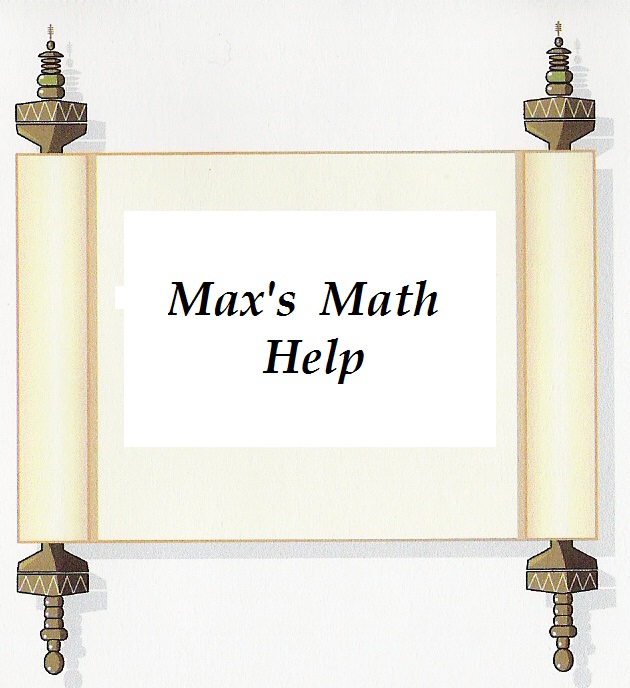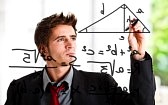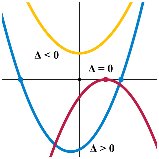|
|
|
|
|
|||||||||||
|
|
|||||||||||||||
UNIT
2 : FUNCTIONS
LESSON 9: UNIT TEST
1. Determine whether or not each of the
following is a function.
a) {(-5, 7), (-3, 4), (-1, 1), (-1, -2), (-3,
-5), (-5, -8)}
b) f(x) = (x – 3)2 + 1
c) d)


2. In each of above, state the domain and
range.
3. Determine the equation of the inverse of
each function. Is the inverse a
function? If the inverse is not a
function, restrict the domain so that it is a function. Explain all steps fully.
a) f(x) = 3x – 5
b) g(x) = x2 - 1
4. If f(x) = 5 – 3x2, determine each
of the following.
a) f(2) b) f(-3) c) f(2m) d) f(2a – 1) – f(a – 1)
5. Given
a function y = f(x), describe in words how each of the following functions can
be obtained from y = f(x).
a) f(x – 1) + 4 b) ½ f(-3x) + 5 c)
–f(-2x – 6) + 1
6. In each case the red graph is a
transformation of the blue graph.
Determine the equation of the red
graph (the equation of
the blue graph is given).
a)
Equation of blue graph is y = g(x) b) Equation of blue graph is
![]()


7.
Determine the equation of f –1 (x) for each of the following.
a) f(x) = 3x – 2
b) f(x) = x2 + 5
8. The
following transformations are applied to the graph of ![]() .
.
·
Reflection
in the x-axis
·
Horizontal
compression factor ½
·
Horizontal
translation right 3 units
a) Write the combined result of the
transformations in mapping form.
b) Write the equation of the transformed
function.
c) Sketch the graph of both functions
d) State the domain and range of the
transformed function.
9. (a)
For the graph of y = g(x) below, list the transformations that must be applied
to obtain
y = -2g(2x – 6) + 1
(b) Draw
the graph of y = -2g(2x – 6) + 1.



